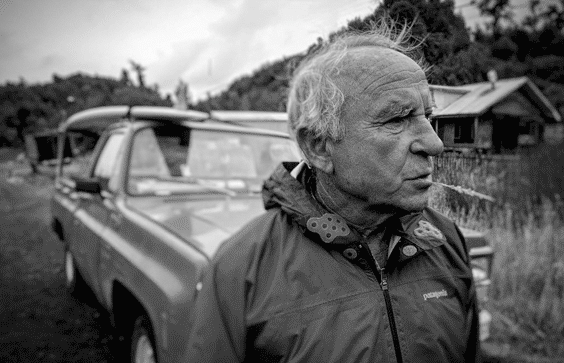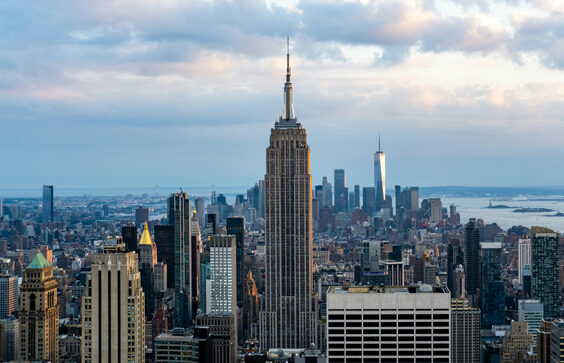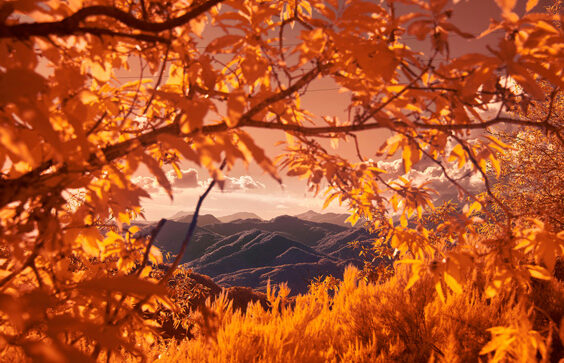Can nature go to court? The growing global Rights of Nature movement says yes. From South America to the EU and Pacific Islands, discover how legal rights for ecosystems are challenging the status quo and laying the foundation for a new environmental legal order. Plus, explore five places where nature already holds legal rights.
What are the Rights of Nature?
“Rights of Nature” (RoN) is a growing legal and philosophical movement that calls for ecosystems and natural entities to be granted legal rights – rights that exist independently of human ownership or benefit. The Global Alliance for the Rights of Nature (GARN), a leading international network advocating for this approach, defines it as recognizing that “Nature in all its life forms has the right to exist, persist, maintain and regenerate its vital cycles.”
Rather than viewing nature solely as property, RoN advocates propose a legal framework in which the rights of the planet are weighed alongside those of people, corporations, and governments. If even businesses can hold legal personhood, the logic goes, then why not the oceans, rivers, forests, and mountains that sustain life itself?
Why is recognizing the Rights of Nature important?
Today, however, environmental protections under most legal systems currently are set up to treat nature merely as the property of another legal entity. This means harm to an ecosystem is only legally relevant if it also harms a human being, a corporation, or another recognized legal entity’s interests. In legal battles, this often gives the upper hand to the entity that owns the land or holds development rights.
Without legal standing, ecosystems can be damaged or destroyed – sometimes irreversibly -without any legal recourse. The burden then lies on impacted humans to prove harm to themselves rather than to nature itself. This leaves forests, rivers, wetlands, and other ecosystems without effective legal defense.
How do Rights of Nature work in practice?
By broadening the legal concept of “being” to include ecosystems, natural communities, species and all other natural entities, nature can be defended in court. Where laws have been enacted, they often designate guardians or legal representatives responsible for ensuring that a natural entities rights are not violated. These representatives can bring lawsuits on nature’s behalf, stop harmful development, or demand restoration after damage.
Though often groundbreaking, these legal frameworks still face challenges in enforcement and recognition, especially when powerful economic interests are involved. In some places, RoN laws have remained largely symbolic. In others, they’ve halted major industrial projects.
On a broader scale, the international legal community is working toward the inclusion of “Ecocide” – or “unlawful or wanton acts committed with knowledge that there is a substantial likelihood of severe and either widespread or long-term damage to the environment” – as a crime against humanity on par with genocide and war crimes.
In 2024, the European Parliament passed an Environmental Crime Directive that includes provisions comparable to ecocide, with implementation scheduled for 2026. That same year, a formal proposal was submitted to the International Criminal Court (ICC) to recognize ecocide as a crime against humanity.
5 examples where nature gained rights
From a small Pennsylvania town to New Zealand’s sacred mountains, here are five real-world examples where nature has been granted legal rights—some symbolic, others groundbreaking.

(Credit: Unsplash)
1. Tamaqua, Pennsylvania (2006)
In 2006, Tamaqua Borough in Pennsylvania became the first place in the world to pass a Rights of Nature law. The initiative was led by local residents, supported by the Community Environmental Legal Defense Fund (CELDF), in response to toxic sludge dumping in the area. The ordinance banned corporations from land-applying sewage sludge, recognizing the rights of natural communities to be free from such harm. While it was a local effort, this action marked a historic shift in environmental governance.

(Credit: Jaime Dantas / Unsplash)
2. Ecuador (2008)
Soon after, Ecuador made global headlines in 2008 when it became the first country to include Rights of Nature in its national constitution. Spearheaded by a coalition of Indigenous groups, environmental activists, and supportive lawmakers, the constitutional reform passed by popular referendum. It recognized that ecosystems have the right to exist and regenerate. And since its adoption, several court rulings have upheld these rights. Notably, in 2021, Ecuador’s Constitutional Court blocked a mining project in the Los Cedros protected forest, citing Rights of Nature.

(Credit: Diego Aguilar / Unsplash)
3. Bolivia (2009)
Not all Rights of Nature case stories have been equally successful, however. When Bolivia passed the Law of the Rights of Mother Earth in 2009, one year after Ecuador, this was seen as a major step for the Rights of Nature movement.
In practice, critics say the law is more symbolic than real. Many large-scale projects – especially mining and deforestation – have continued even when they are clearly in violation of the Law of the Rights of Mother Earth. In many cases, the Bolivian government itself has been behind these projects.

(Credit: Antoino Lopez / Unsplash)
4. Mar Menor, Spain (2022)
In 2022, Spain granted legal personhood to Mar Menor, Europe’s largest saltwater lagoon, located in the Murcia region. Years of pollution from agriculture and tourism had degraded the ecosystem. A citizens’ initiative gathered over 600,000 signatures, prompting the Spanish Parliament to pass the legislation. The lagoon is now represented by a committee of guardians, including scientists, residents, and government representatives. Although the law is recent, it provides a legal tool to challenge harmful activities and demand restoration. It marks the first time in Europe that an ecosystem has been recognized as a legal subject with enforceable rights.

(Credit: Chun Fei Chin / Unsplash)
5. New Zealand: Taranaki (2025)
In 2025, Mount Taranaki in New Zealand became the third natural entity in the country to be granted legal personhood, following Te Urewera in 2014 and the Whanganui River in 2017. The legal status was achieved through collaboration between the government and local Māori iwi (tribes), who consider the mountain an ancestor. Two guardians – one appointed by the Crown and one by the iwi – now represent Taranaki’s interests. While at the time of writing no major cases have yet tested the law, the recognition strengthens Indigenous governance and establishes a formal duty of care for the mountain’s ecological and spiritual well-being.
(Also read: New Zealand declares a mountain a legal person – here’s why it matters)
Lead image: iStock















Sorry, the comment form is closed at this time.